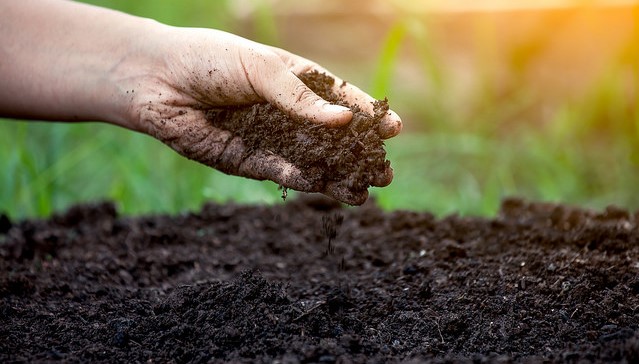
Whatever your views on the efficacy of testing, the simple truth is Animals, like Humans can suffer from a multitude of ailments brought on by inadequate diet, living conditions and external environmental factors. Just as you would regularly get a full range of tests from your doctor and act upon the advise given as a result of those tests, so too can be said for your livestock. The improvement to the growth rate, production, general health and returns on stock can be substantial, just by testing a few animals.
Like humans, animals accumulate metals in the body over time, animals have unique exposures through the food they eat, the water they drink and the dirt and dust they live and breed in. These metals interfere in mostly negative ways with body functioning.
The correct mineral balance is important for animal health. Biochemical, emotional and physical stressors can deplete the body of essential nutrients. Environmental toxicity and chronic health issues may result in the accumulation of toxins in tissue and disrupt normal body chemistry. Mineral deficiencies, as well as excesses, can lead to ill health and disease.
Hair tissue mineral analysis is a simple non-invasive test that measures the levels of nutrients and toxic metals found in the coat. It can detect an excess or deficiency of nutrient minerals such as calcium, magnesium, potassium and zinc. It can also identify over exposure to toxic metals such as arsenic, aluminum, cadmium and lead.
